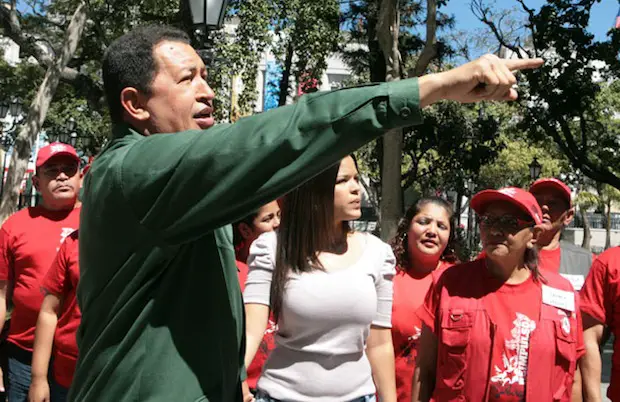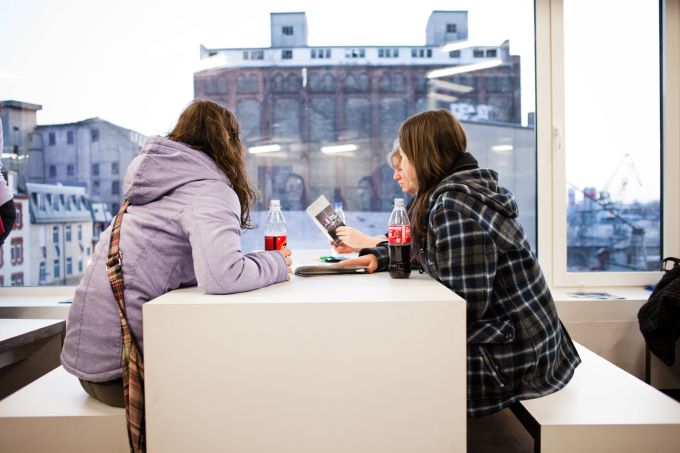“Don’t tear down this wall!” This phrase may sound shocking to Berliners who lived for decades in a divided city and celebrated the fall of the Berlin Wall in 1989. But it is the rallying cry of the current protest in Berlin to preserve the East Side Gallery, a 1.3 kilometer section of the Berlin Wall in the Friedrichshain neighborhood.
The East Side Gallery is the longest remaining stretch of the Berlin Wall and functions today as an open-air museum and international monument to freedom. It is the second-most visited tourist attraction in Berlin, with an estimated 800,000 visitors per year. Commissioned in 1990 following the fall of the wall, Berlin invited artists from all over the world to paint the eastern side of the wall, which during the Soviet occupation remained blank, while the western side was covered in protest art and graffiti. The gallery consists of 105 mural paintings, including the iconic kiss between Leonid Breshnev and Erich Honecker and the painting of a Trabant, the famous East German car, breaking through the wall.



Controversy has broken out in the last weeks over a new building project along the Spree river that would require a 20 meter section of the East Side Gallery to be removed. The building project is two-fold: one part is a private endeavor by the developer Living Bauhaus to build a tower of offices and luxury apartments, and the other part is a public city project to rebuild the “Brommy Bridge,” a pedestrian and cyclist bridge that was destroyed in World War II.
Construction began on March 3, but an estimated 10,000 protestors quickly brought things to a halt. Only one 1.5 meter section of the wall was removed before the police deemed it unsafe to continue. Students, parents with baby carriages, tourists, and prominent politicians and public figures called for the preservation of the site as art and history, and condemned the building project as gentrification.

Protestors have filled in the space where a piece of the wall was removed on March 3. The top poster reads “What does history cost?” and the lowest one reads “History must remain visible for our children.”

“No hotels” – a poster on the fence around the construction site where the apartment tower would be built.
The wall forms a central part of the city’s identity, and the wounds of the divided city are still fresh for the many Berliners who lived through it. Although the wall was hated at the time, today many view it as a critical reminder both of the city’s own history and of the many people around the world who continue to live under oppression.

In addition to the 10,000-person protest on site, an online petition to preserve the East Side Gallery addressed to Berlin’s mayor, Klaus Wowereit, has garnered over 64,000 signatures. Mr. Wowereit, a Social Democrat, responded to the public protest the following day, saying he thinks the removal of the wall section is “not necessary” and promising to “advocate for the preservation of the wall piece.”

The CEO of Living Bauhaus, Maik Uwe Hinkel, called for the construction halt and plans to host a public forum on March 18th with protestors and city officials to reach a compromise. Mr. Hinkel claims he has been made a scapegoat for the protestors: he explains that Living Bauhaus is carrying out initial construction for both its own building and for the public Brommy Bridge, but that the removal of the wall portion is necessary only for the Brommy Bridge. Nonetheless, the protestors are aiming their anger at Living Bauhaus and the idea of building luxury apartments in what used to be the “death strip” between East and West Berlin.

The hanging poster reads “No one has any intention of building luxury apartments.” This is a direct play on the GDR politician Walter Ulbricht, who famously said “No one has any intention of building a wall” two months before the Berlin Wall went up.
This is not the first time that a part of the East Side Gallery has been removed. A 50-meter section was removed in 2006 to provide a boat landing and allow an unobstructed river view for o2 World, a concert and sports stadium across from the East Side Gallery. The removed wall portion was preserved and relocated parallel to the wall, with its artwork still visible. Mr. Hinkel and Living Bauhaus have promised to similarly respect and preserve the removed wall portions.

The break in the wall in front of the o2 World stadium.
The current outcry about the East Side Gallery is an example of what many Berliners see as a trend towards commercialization and gentrification that threatens the city’s character. For planning officials, it is a delicate balance: Berlin derives much of its appeal for both developers and tourists as an alternative, hip, and dynamic city. Sacrifice too many of these beloved features, and Berlin loses that cache. But Berlin also has major financial problems and high unemployment, meaning that the city needs to promote development. The current East Side Gallery controversy is a part of this ongoing dilemma in Berlin, and may set a precedent for how the city and developers will carry out these projects in the future.

Marian Swain follows sustainability, urban planning, and energy issues in the US and Germany. You can read more on her blog, Transatlantic Energy.


